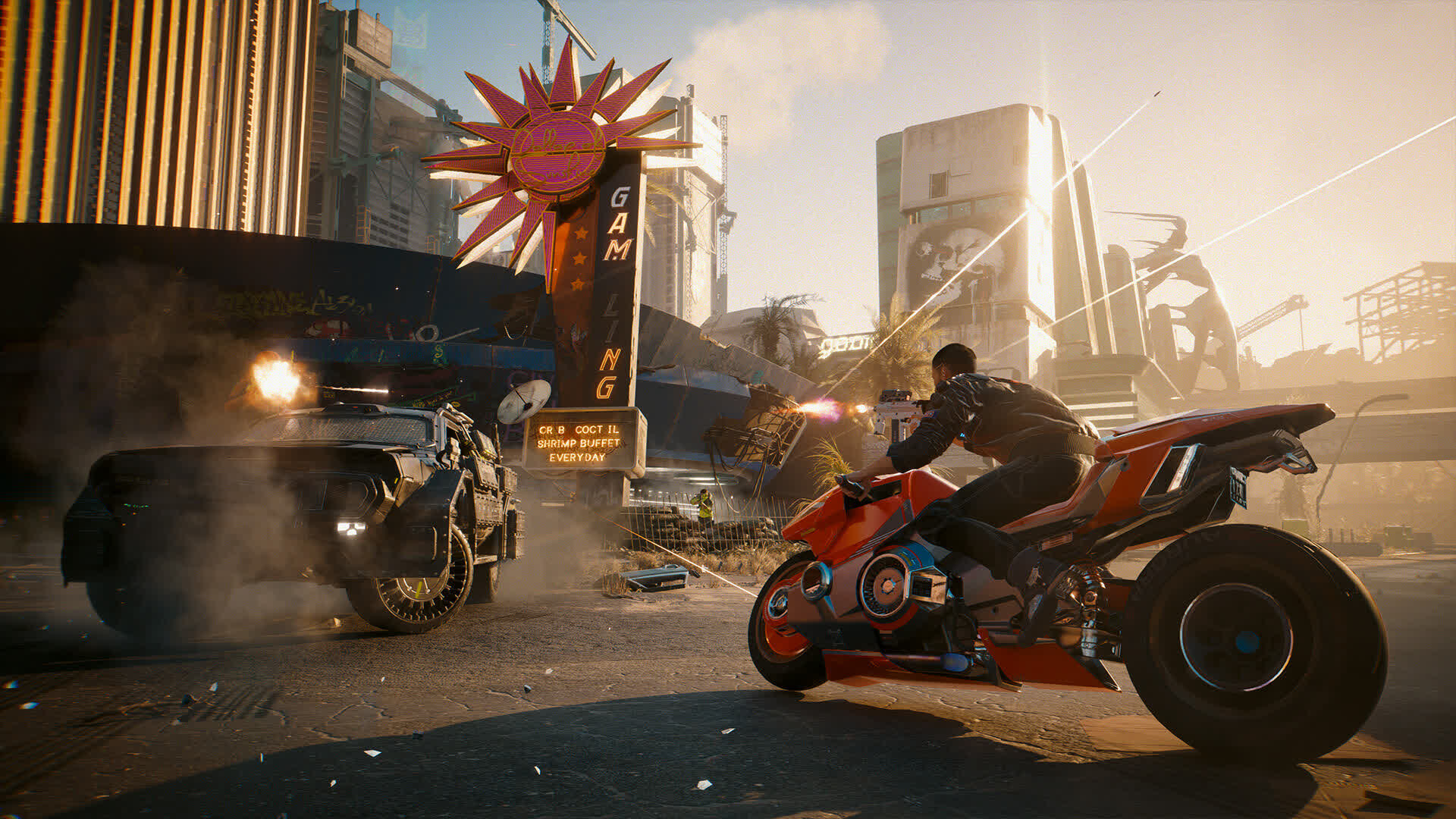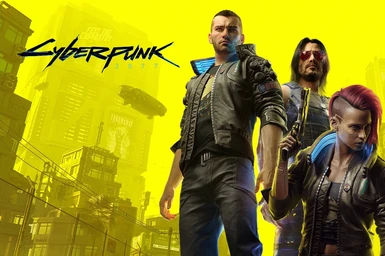The big picture: A week after AMD published the FSR 3 source code on GPUOpen, modders have predictably started unofficially integrating the company's frame generation technology into various games. Additionally, it is possible to combine this feature with Nvidia's DLSS upscaling. Meanwhile, Intel plans to respond to frame generation using a fundamentally different method.
A mod is now available that adds AMD's FSR 3 frame generation to titles that don't officially support it. The exploit requires an Nvidia RTX graphics card and is compatible with games that include DLSS 3 frame generation, as it replaces the feature in settings menus.
To install the mod, first, ensure hardware-accelerated GPU scheduling is enabled and HDR is disabled. Then, extract the files "dlssg_to_fsr3_amd_is_better.dll" and "dbghelp.dll" into the directory that contains a game's executable. A notification of successful installation should appear upon booting the game. In the settings menu, turn on frame generation and choose between DLSS and FSR upscaling.
The mod's author has only tested it with Cyberpunk 2077 and The Witcher 3.
Team Red's answer to DLSS 3 debuted in October in Forspoken and Immortals of Aveum. Earlier this month, it came to Avatar: Frontiers of Pandora and Like a Dragon Gaiden: The Man Who Erased His Name. Additionally, official FSR 3 support is coming to titles like Cyberpunk 2077, Squad, Like a Dragon: Infinite Wealth, Starfield, and Black Myth: Wukong.

The primary advantage of FSR 3 is that it supports all GPUs since Radeon RX 5000 and GeForce RTX 2000, whereas DLSS 3 is locked to RTX 4000. However, TechSpot's analysis showed that FSR 3's image quality is generally less stable than DLSS 3.
One reason is that official FSR 3 implementations require FSR upscaling, which often produces more artifacts than DLSS. However, the FSR 3 mod allows users with RTX 2000 and 3000 GPUs to combine AMD's technology with DLSS upscaling and ray reconstruction for potentially better results.
Meanwhile, Intel recently released a paper discussing its take on frame generation, called ExtraSS. Like FSR 3 and DLSS 3, ExtraSS creates new frames utilizing AI to increase perceived framerates artificially. However, that's where the similarities end.
While FSR 3 and DLSS 3 use interpolation – generating frames based on past and future output frames – ExtraSS opts for extrapolation, only using prior frames. While extrapolation might result in inferior image quality or lower stability compared to interpolation, it doesn't add latency like FSR 3 and DLSS 3, resulting in more responsive controls.
Intel hasn't yet indicated when it will debut ExtraSS or what games will support it.
https://www.techspot.com/news/101248-amd-fsr-3-can-now-combined-nvidia-dlss.html
